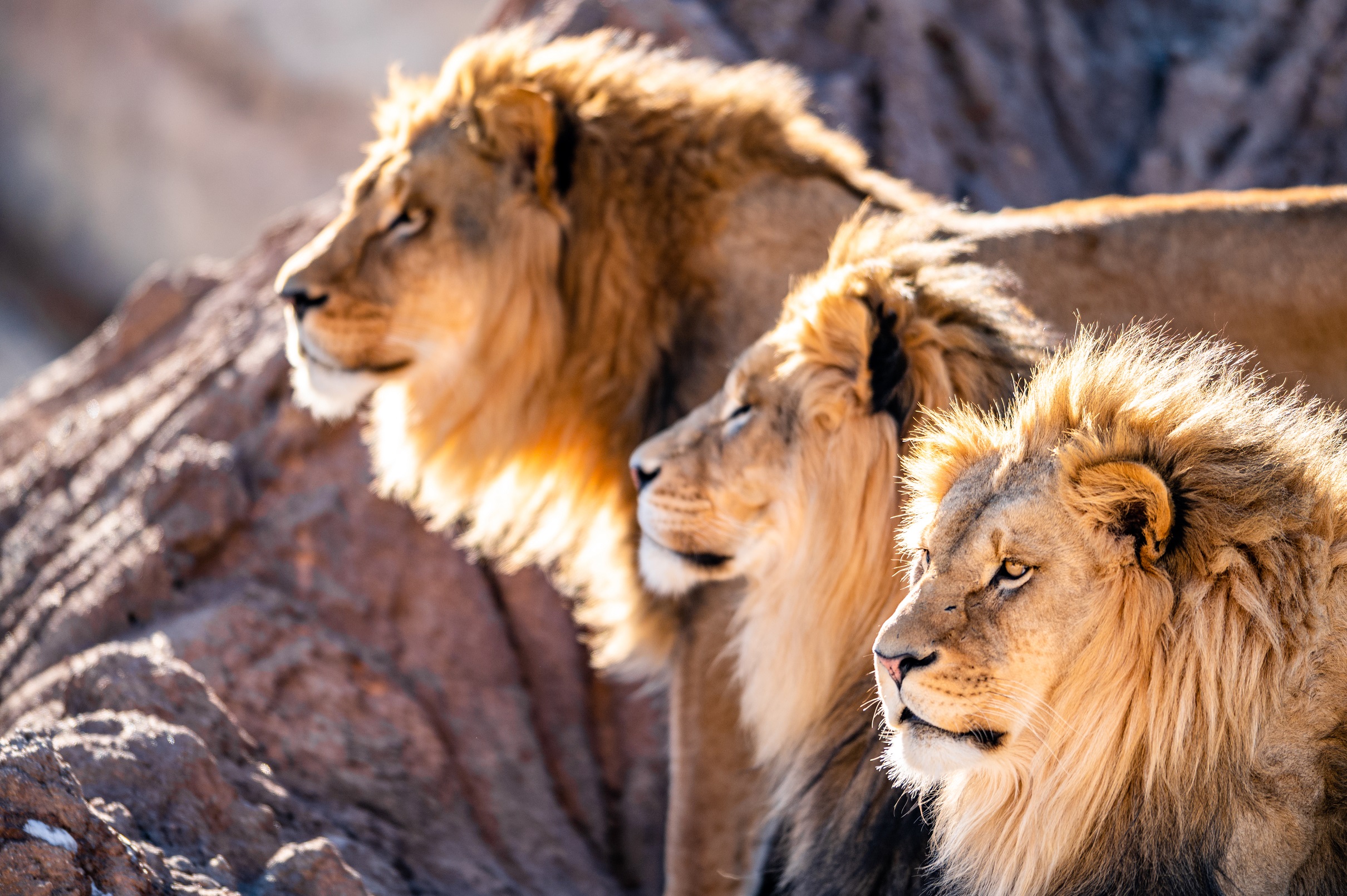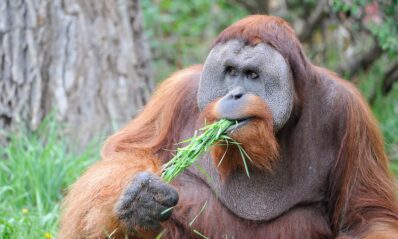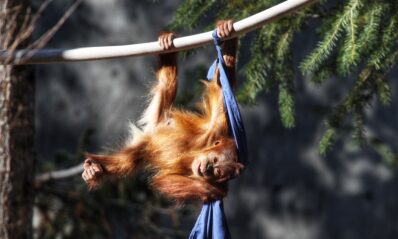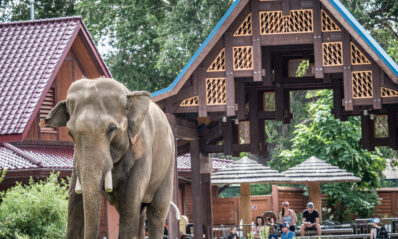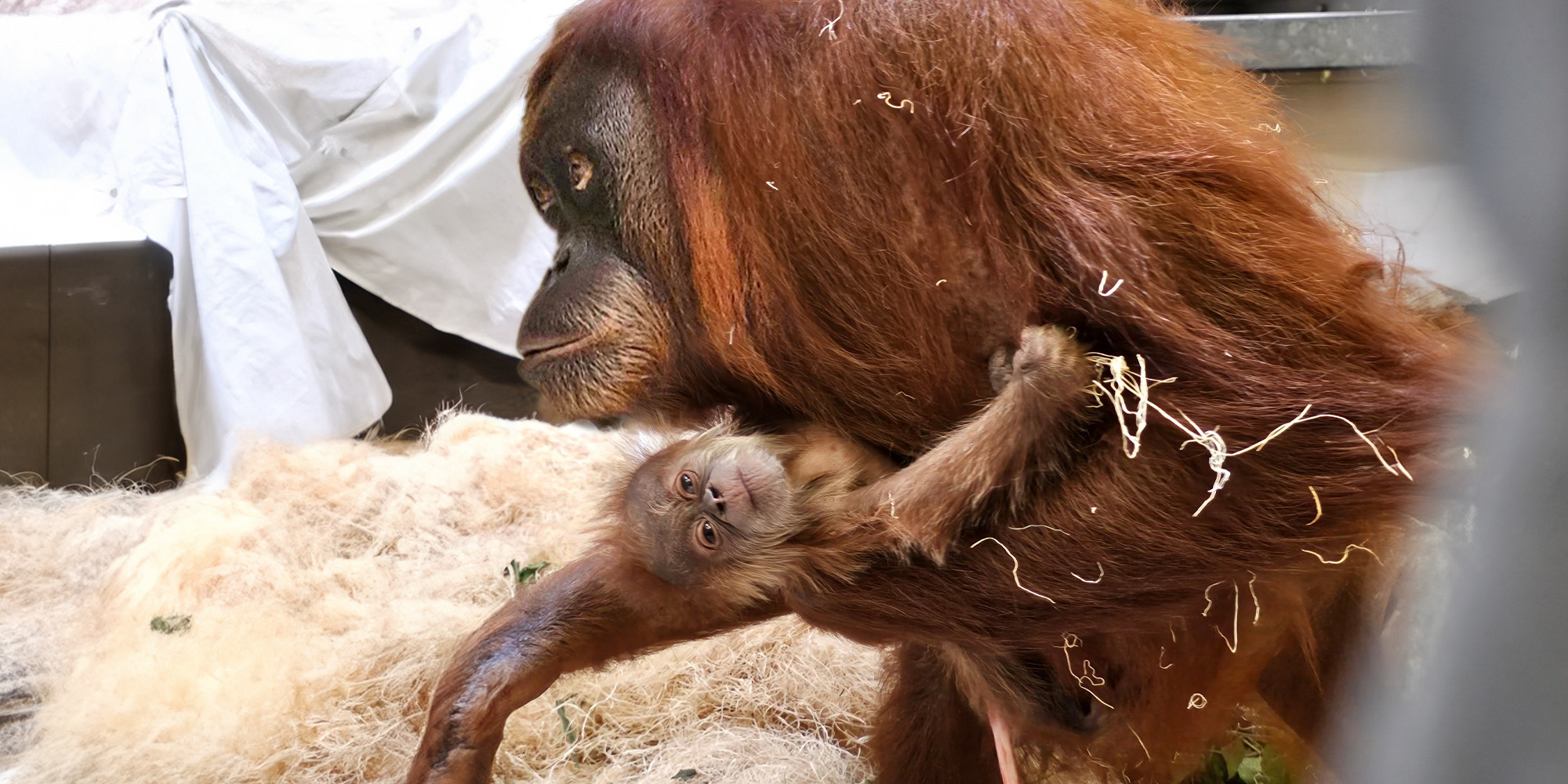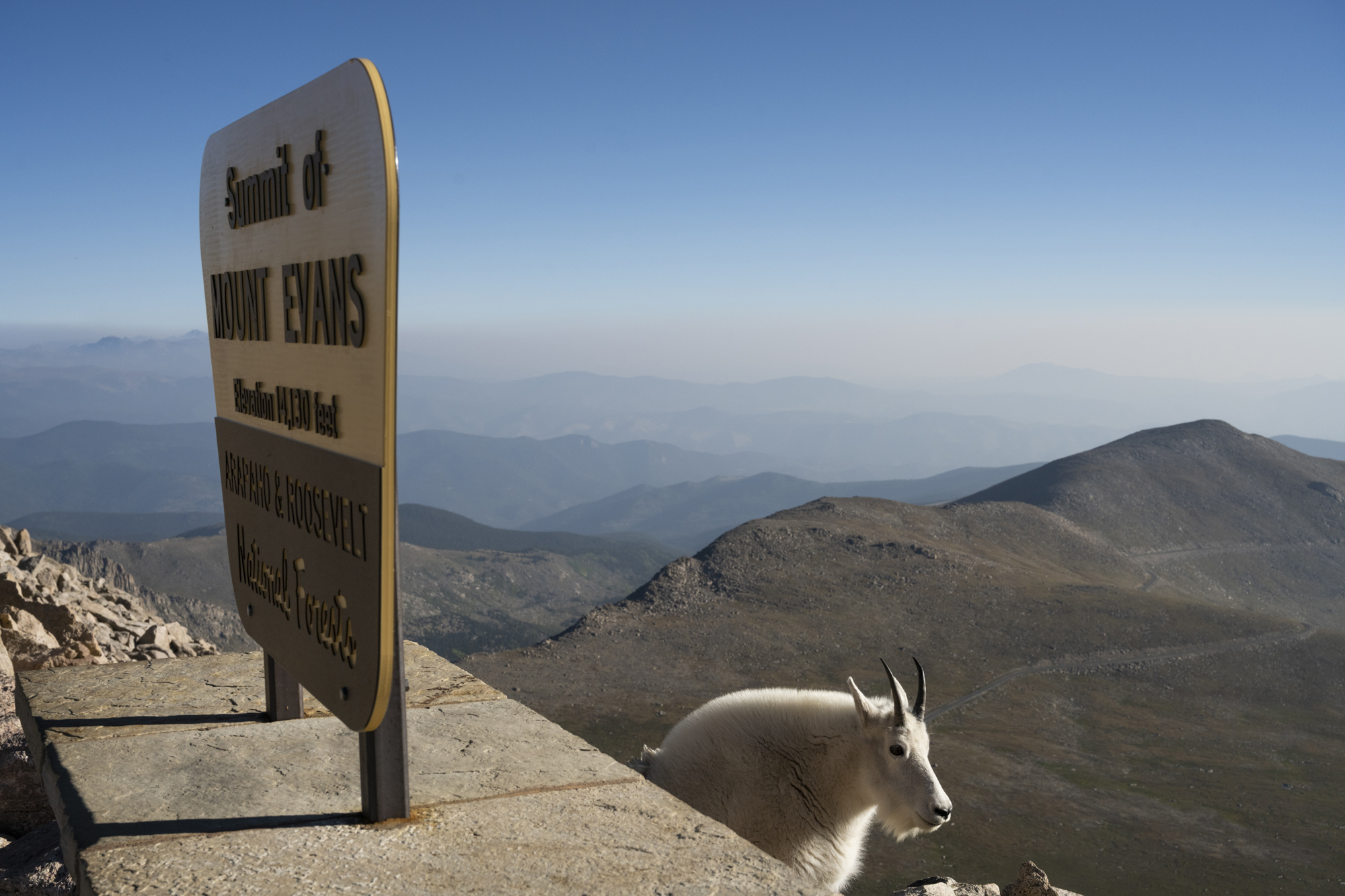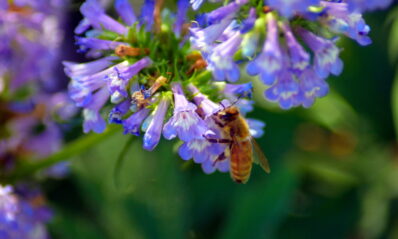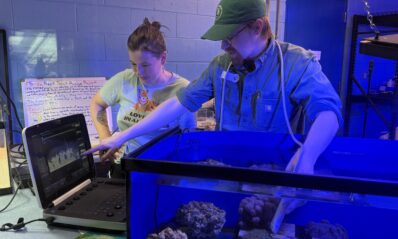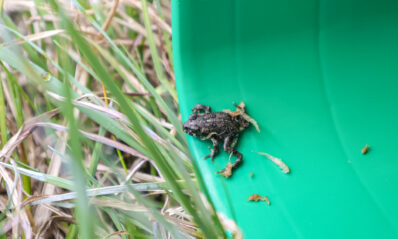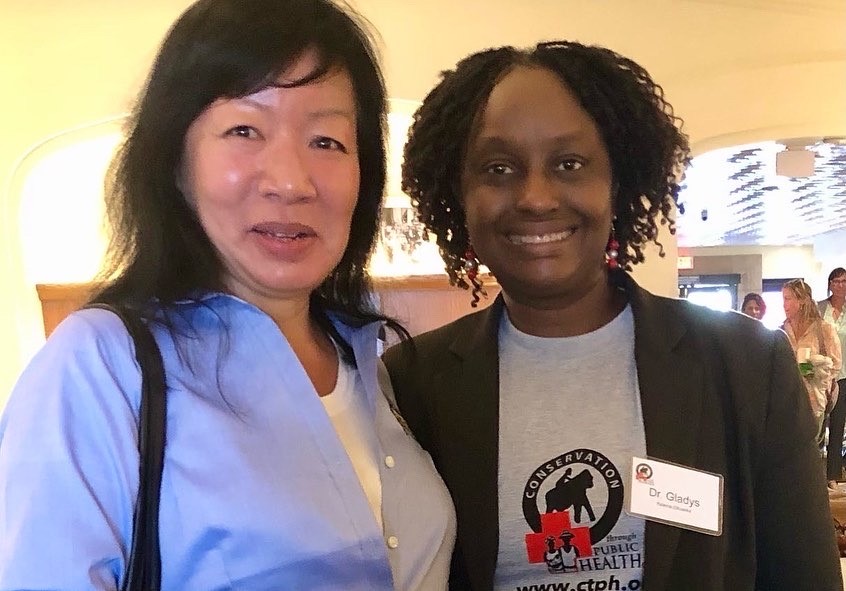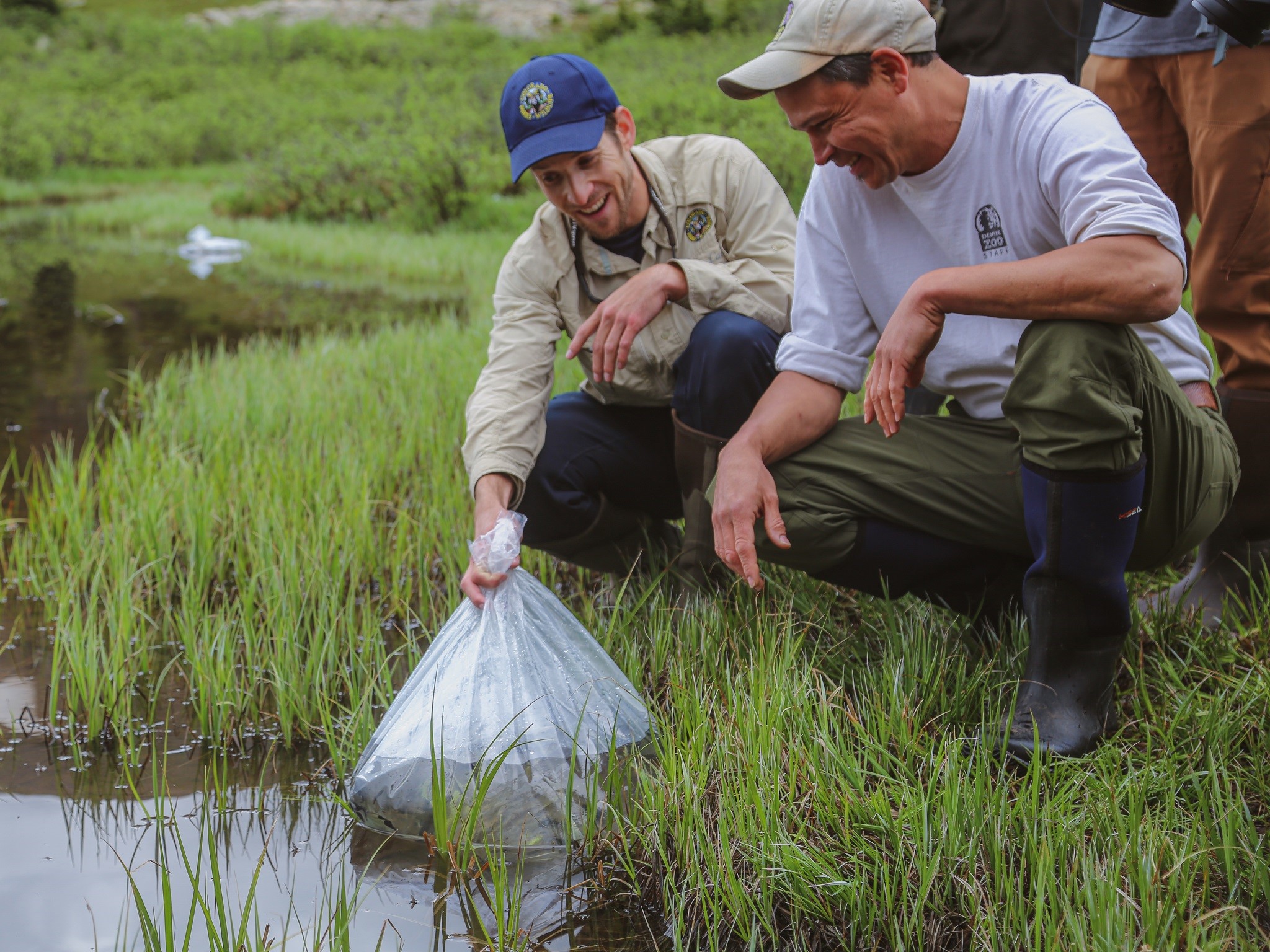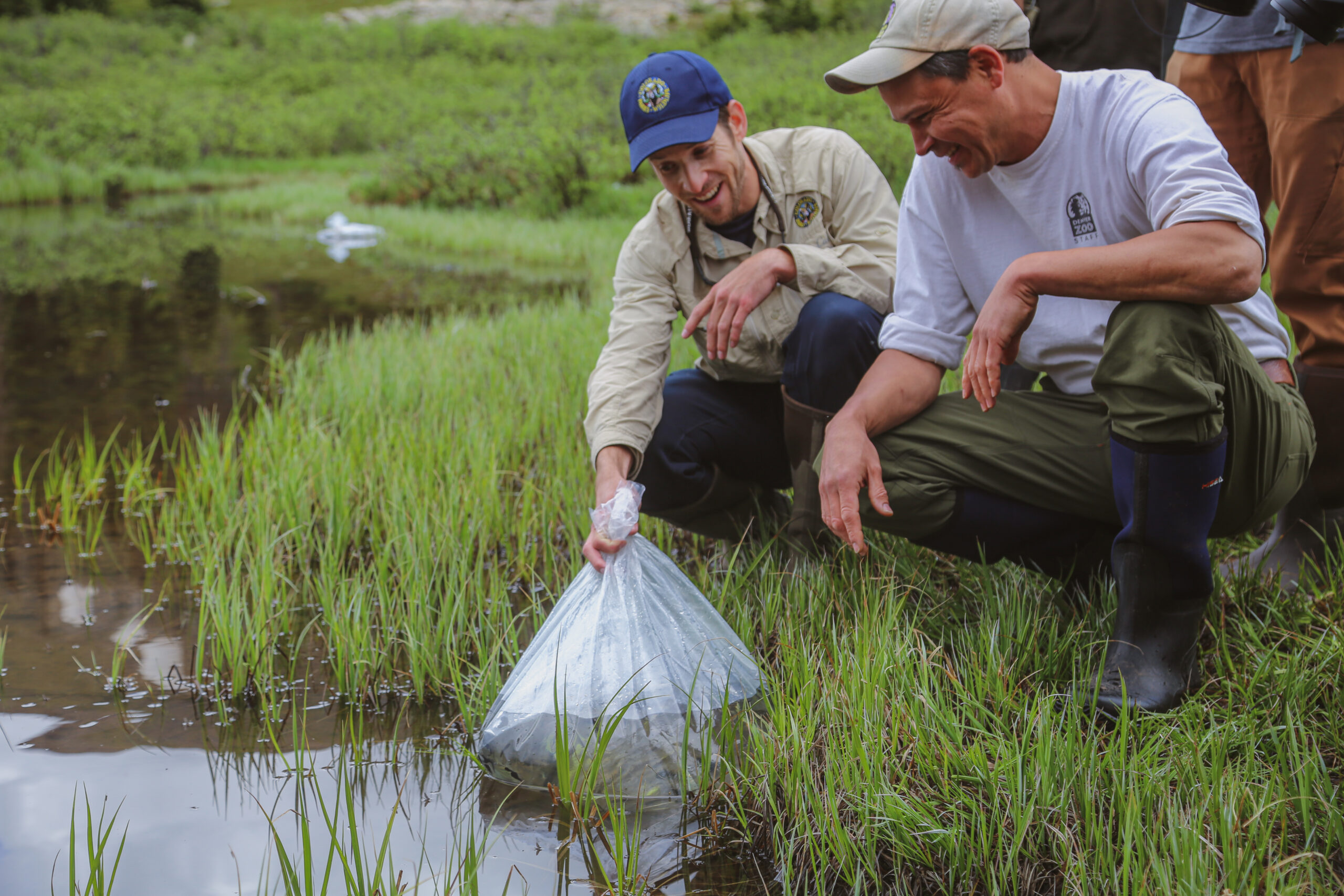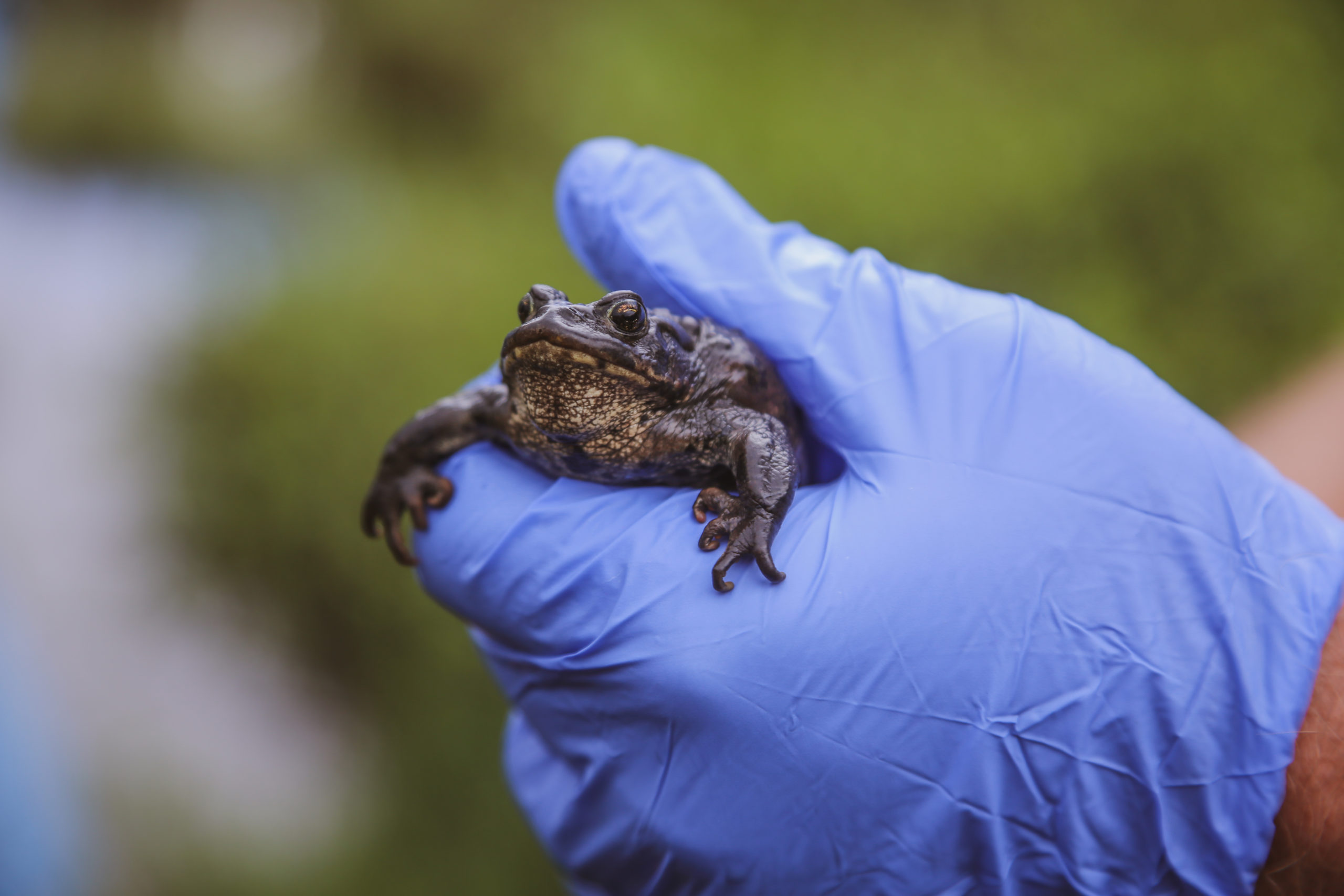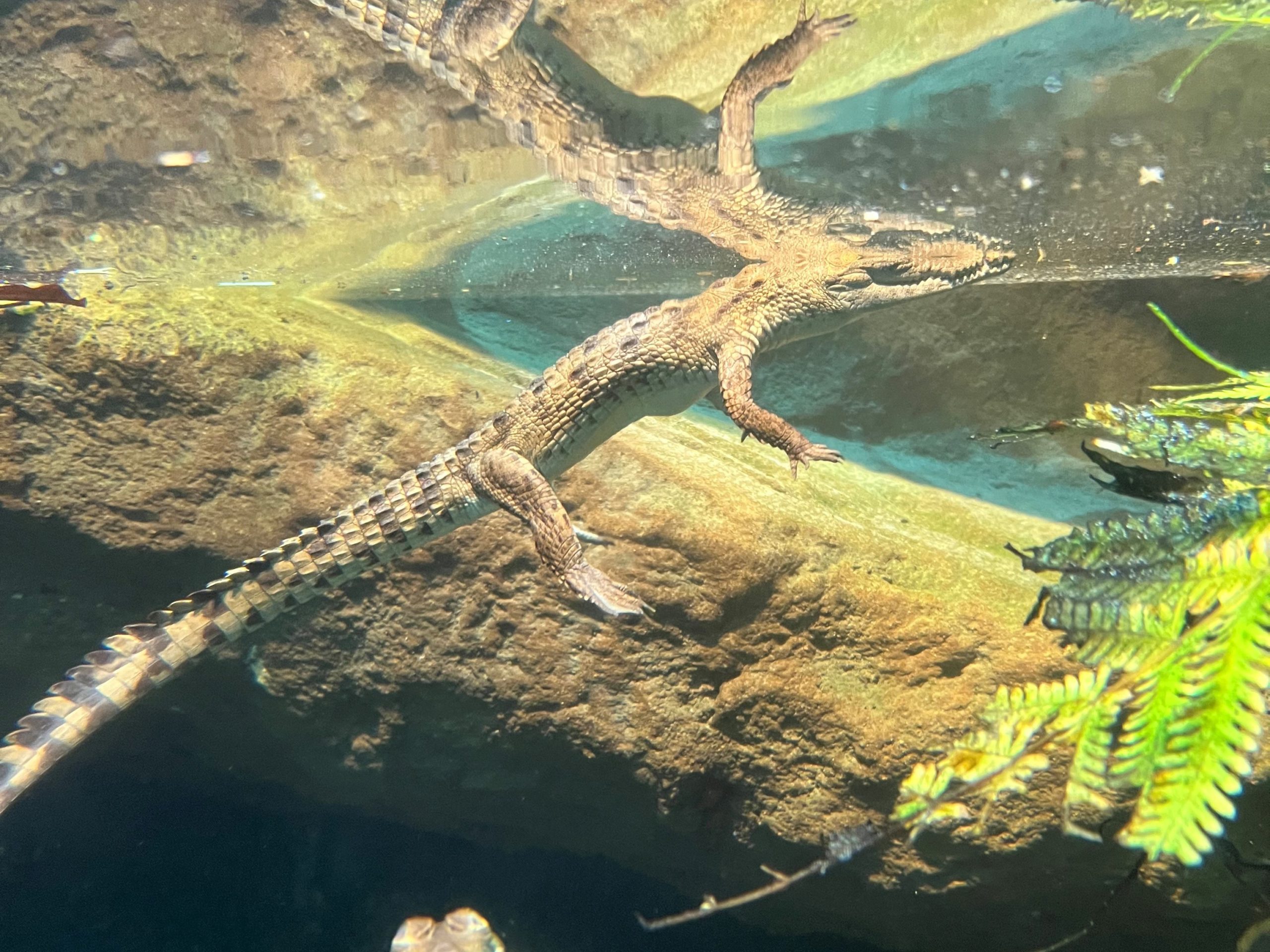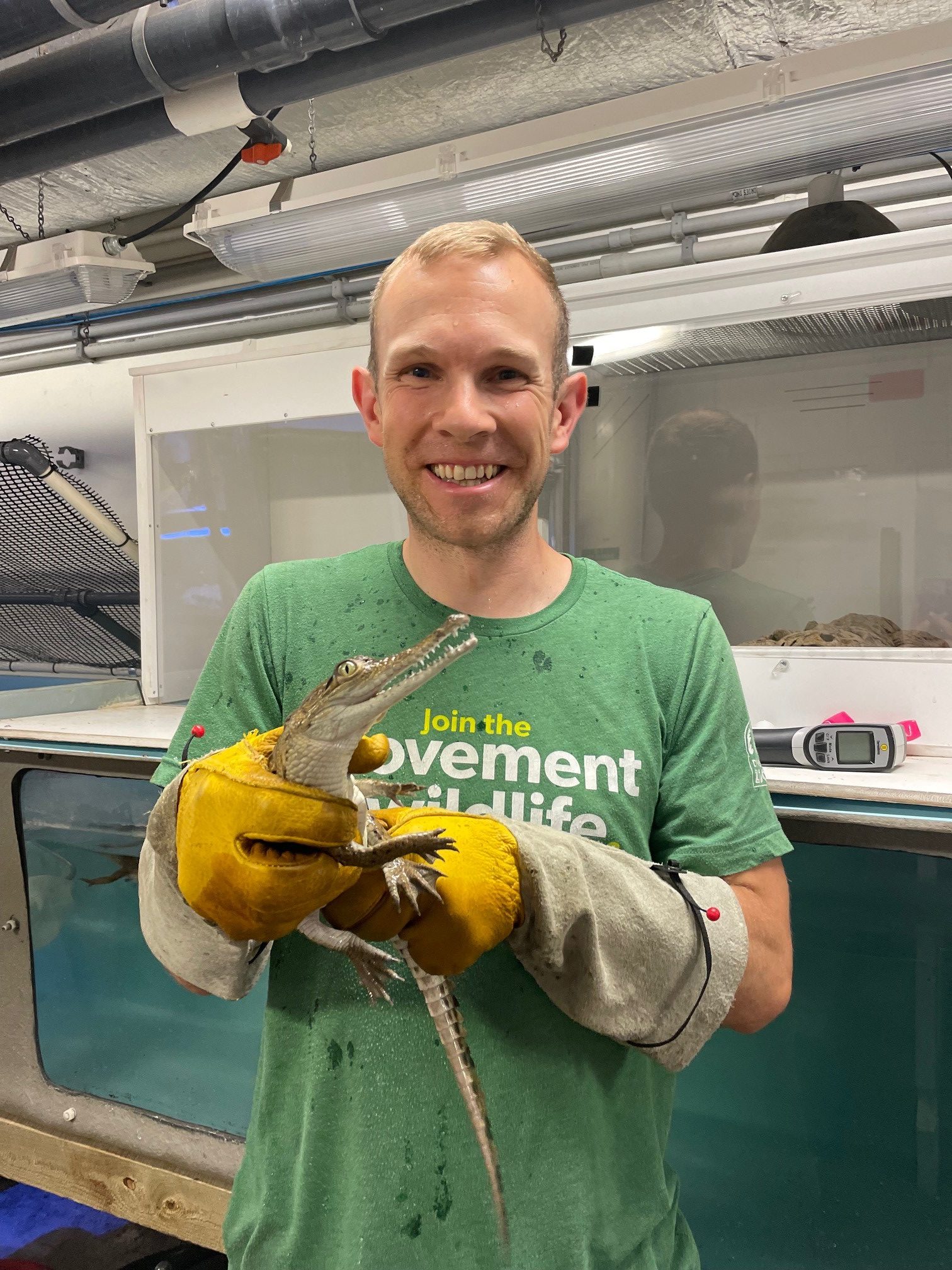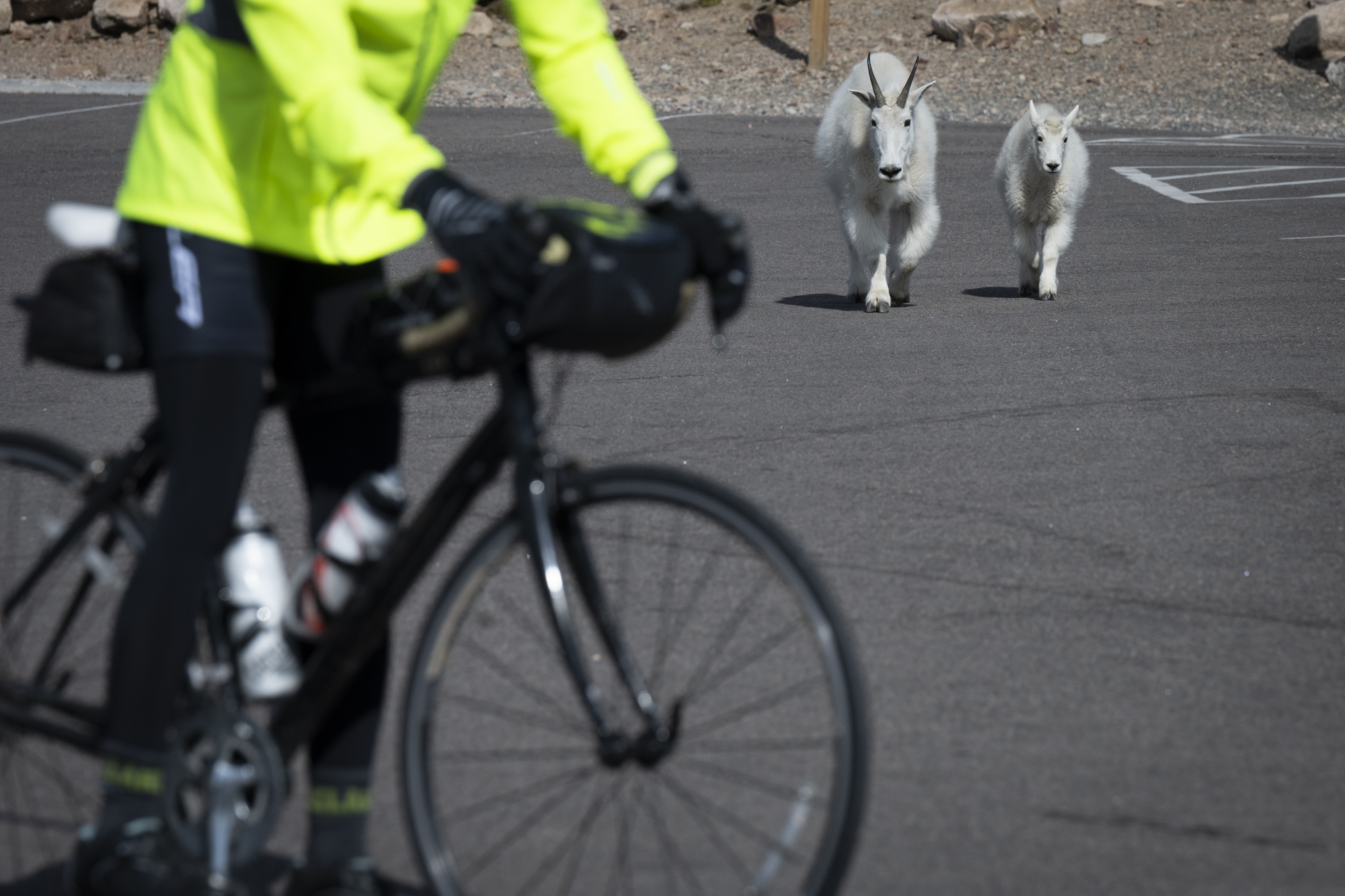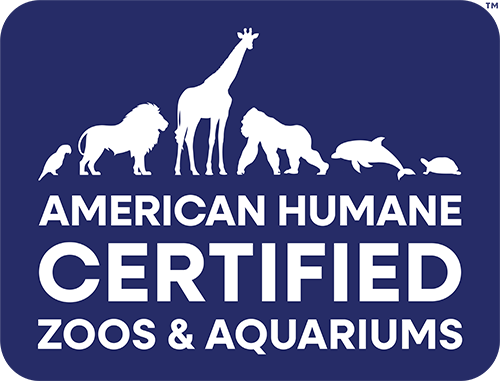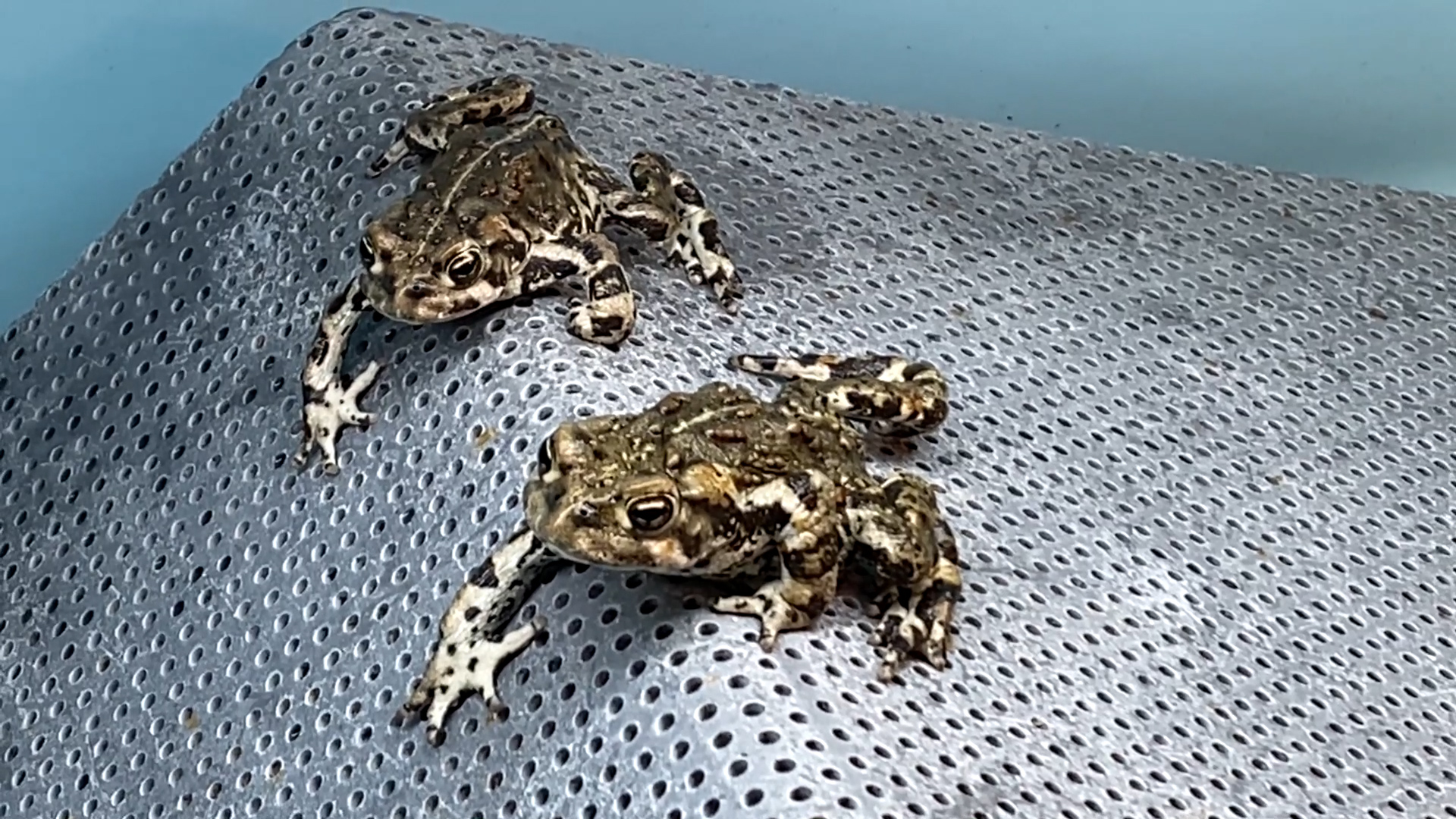
Native Aquatic Species Coordinator Harry Crockett with Colorado Parks and Wildlife (CPW) answers some of our questions about how Denver Zoo got involved with boreal toads in Colorado, and how YOU can help save wildlife in our state.
Denver Zoo: What inspired you to work for CPW?
Harry Crockett: I always wanted to be a wildlife biologist, and always leaned toward things that live in the water, owing to a lifetime of fishing, working a number of seasons as a river trip guide, and other water-oriented passions. When I got my Masters at Colorado State University, my thesis project was in cooperation with Colorado Parks and Wildlife, so I got familiar enough with the agency to know I wanted to be part of it. I was lucky enough to get hired by CPW as a seasonal technician which made me even more sure of my career path. Working with the boreal toads has become one of the most compelling parts of my job.
DZ: Why are boreal toads an important species to work on restoring in Colorado?
HC: Aldo Leopold’s famous ecological insight that the first rule of intelligent tinkering is to keep all the parts, certainly applies to these toads–we don’t fully know the role they play in the montane environment but we know they have a role and it’s important. For those who need a more human-utilitarian reason to care about boreal toads, all amphibians are important indicators of aquatic and riparian system health because they are so much a part of both the aquatic and terrestrial worlds. They’re an early warning system about water quality and overall environmental health. Toads used to be very common throughout the Southern Rockies–there are many anecdotes from the 1960s and earlier of them being so abundant around montane wetlands at certain times of the year that one had to work to avoid stepping on them. And the fact that they have declined so greatly shows that something is badly amiss–an invasive disease in this case.
On a basic level of connecting with another species, you don’t maybe think of toads as charismatic but boreal toads have a ton of personality. Interacting with them will definitely deepen your appreciation that even humble species are inherently important. I want my grandkids and all future generations to be able to go up in the mountains and encounter toads in their natural habitat, it’s part of the full experience of the greatness that is the Southern Rocky Mountains.
DZ: How did Denver Zoo come to work with CPW on the boreal toad project?
HC: The interest really started on the Denver Zoo side, going back more than 10 years, before I was even involved. Zoo staff would attend the Boreal Toad Conservation Team meetings every year, and we just kept up discussions about how we could increase our collaboration. For the past few years, the Zoo has housed and bred boreal toads for release in Utah, so we were very intrigued with that possibility for our toads from the Southern Rocky Mountain populations. When the greater space resources became available, CPW and the Zoo both jumped at the opportunity.
DZ: What makes Denver Zoo uniquely qualified to be a partner in this project?
The specific success at breeding boreal toads in captivity, that I mentioned above, was very compelling because that’s proven to be really hard to do. We had a lot of luck earlier on at the Mumma Native Aquatic Species Restoration Facility (CPW’s native species hatchery, producing 12 species of at-risk fish plus the boreal toad), but it’s been much more hit-and-miss for going on ten years now. The fact the Zoo was producing the same animal for Utah definitely caught our eye. But beyond that, we know the Zoo is a national leader in breeding and assisting in other ways with conservation of imperiled amphibians from around the world. To have such a great resource right here in our own backyard is certainly a unique opportunity.
DZ: How can people do their part to preserve and protect Colorado’s natural species and spaces?
HC: For the toads specifically, there are some very practical things you can do to help, and one of the biggest is to avoid behavior that might spread the chytrid fungus to new areas. Staying on trails is great; especially avoiding going from one wet area to another without changing/ drying / disinfection footgear in between. The same precautions will keep you from accidentally stepping on a toad or degrading sensitive wetland habitat. If you’re fishing, disinfect your waders when going from one body of water to another (you should be doing this anyway to avoid spreading whirling disease and other organisms that can imperil sport fisheries).
More generally, support conservation in whatever way works for you. The Zoo has terrific volunteer and community science programs, and so does CPW. Getting involved in a way that gets you interacting with a part of nature that you really care about is so much more personally rewarding than just writing a check, although donating money is also important if you can afford it.
For more information about our boreal toad project click here and follow us on Facebook, Instagram, TikTok and Twitter for updates!
